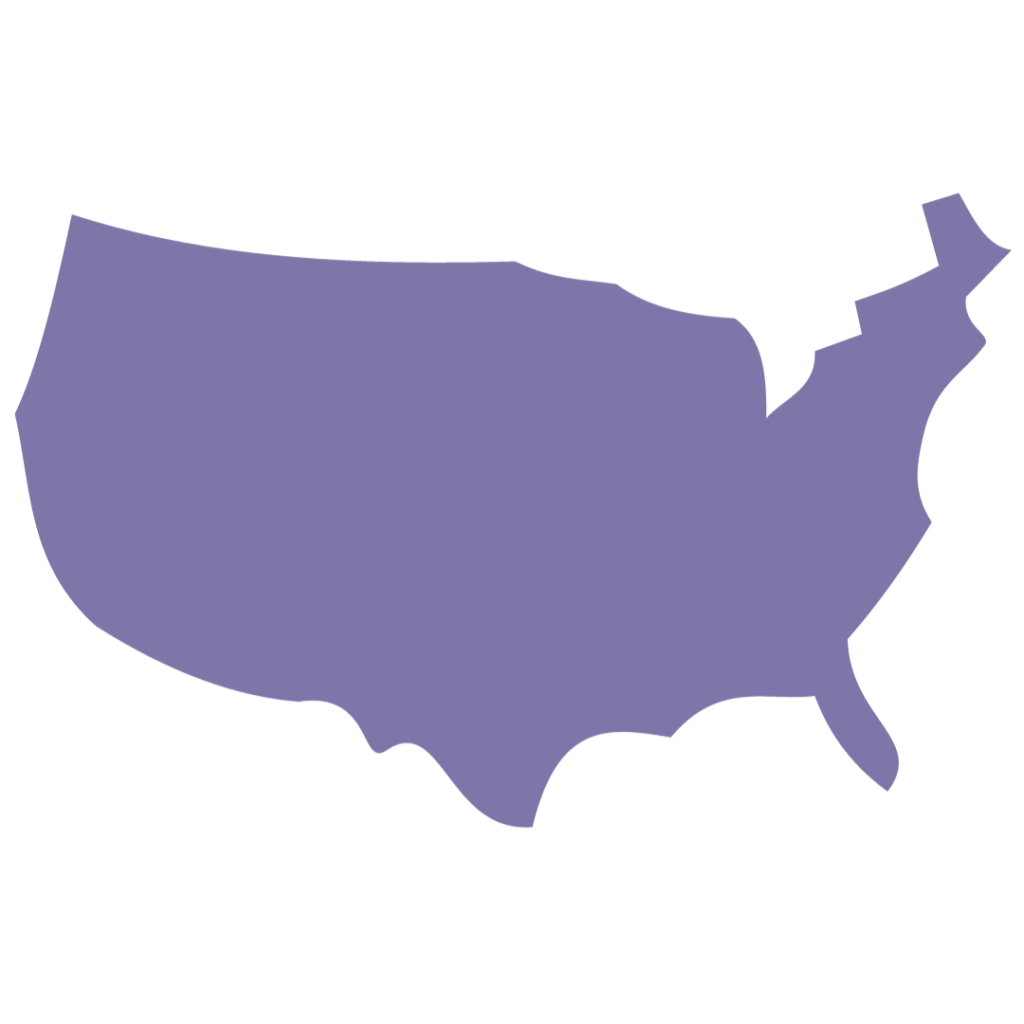Guidance for States to Leverage PDG B-5

On September 13, the Administration for Children and Families (ACF) announced $266 million in Preschool Development Grants Birth through Five (PDG B-5) renewal and planning grants. PDG B-5 grants assist states in improving collaboration among existing programs as well as creating an effective mixed delivery system that includes child care and family child care providers, Head Start, state pre-kindergarten, and home visiting. PDG B-5 funding supports a needs assessment, strategic planning, family engagement, quality improvement, workforce compensation and supports, and direct services for young children.
Given applications are due November 7, 2022, both the administration, and various national organizations including Zero to Three, the National Head Start Association, and Home Grown have issued guidance and strategies emphasizing how PDG B-5 funds can be used to address specific challenges in the early care and education system.
A few strategies that PDG B-5 grantees are encouraged to use include:
1. Addressing Workforce Challenges
The Information Memorandum from ACF encouraged PDG B-5 recipients to take immediate action in addressing the ongoing shortage in the ECE workforce. Grant recipients may now consider redistributing grant funds to more intentionally target grant activities that address the major areas contributing to the workforce shortage (recruitment, retention, and staff compensation). Examples include:
- Compensation initiatives, studies, and analysis to move early childhood staff, including center-based and family child care providers, Directors, and family child care owners, to pay parity based on experience and credentials, including wages and benefits in line with elementary educators.
- Provision of ongoing practice-based mentoring, coaching, and professional development to address the needs and improve the effectiveness of the PDG B-5 workforce, as the state works on developing its proposed approaches to improving outcomes for children and families.
- Access to scholarships and other resources, including substitute pools, transportation subsidies, child care, and place-based programs, to help access credentials and degrees.
- Consideration of how best to support the career development and improve the training and experience of providers (including school-based, center-based, and family child care providers) across the mixed delivery system, including those serving infants and toddlers.
- Provision of health supports, including mental health, for the early childhood workforce.
2. Supporting Infants and Toddlers
Zero to Three released a brief explaining how PDG B-5 planning and renewal grants could be used to address ECE system challenges specifically related to infants and toddlers. It offers recommendations for strategies that states could include in PDG B-5 plans to improve outcomes for babies, such as:
- Addressing compensation disparities, with particular attention to lower-paid infant-toddler educators
- Supporting additional facilities and upgrades to facilities to provide safe and developmentally appropriate care for infants and toddlers
- Incentivizing partnerships between program types that help to stabilize and provide additional supports like Early Head Start Child Care Partnerships
- Providing infant and early childhood mental health (IECMH) consultation to ECCE programs so that caregivers are better able to support very young children’s wellbeing
Download the brief to see the full list of strategies here.
3. Supporting Head Start and Early Head Start
The National Head Start Association held a webinar detailing opportunities for PDG B-5 grantees to support Head Start and Early Head Start (HS/EHS). Given there is strong alignment between the priorities of PDG B-5 and HS/EHS, utilizing PDG B-5 funds to support HS/EHS is mutually beneficial and can help states to prioritize comprehensive birth-through-five services.
HS/EHS is a proven and highly accountable program that serves diverse populations and prioritizes children and families in particular need. It also has strong support from the administration, brings in billions of dollars to states without a state match, and importantly is tuition free for families. However, HS/EHS is facing a workforce crisis and other challenges that need state support and partnership.
HS/EHS can help to solve state goals such as ensuring kindergarten readiness, reducing racial achievement gaps, improving children’s health, and building the workforce of tomorrow. PDG B-5’s work in infrastructure building can help to support the needs of HS/EHS, including building a stable, qualified, and fairly compensated workforce, and removing barriers to access, among other needs.
The 6 win-win opportunities in PDG B-5 to leverage and support HS/EHS include:
- Raise HS/EHS workforce compensation to reopen closed classrooms
- Expand use of child care funding by HS/EHS programs to meet family needs
- Maximize enrollment in HS/EHS through new SNAP eligibility pathway to serve more food insecure children
- Provide direct funding to HS in state pre-K to expand comprehensive services in pre-K
- Expand access to the Early Head Start model to reach more infant and toddlers
- Engage HS/EHS families and Policy Councils in state policymaking to raise voices of those with lived experience
4. Supporting Home-Based Child Care
Home Grown issued a brief that outlines how states can prioritize home-based child care (HBCC) through the PDG B-5. Given that HBCC has high use and demand and leverages infrastructure, it is an important asset for states and territories to include in their PDG B-5 applications.
The PDG B-5 provides states with the opportunity both to innovate and start new systems-oriented supports for HBCC as well as systematically elevate, spread and scale current work for HBCC.
According to Home Grown, three key opportunities to support HBCC in the context of the PDG B-5 grants include:
- Developing or strengthening comprehensive networks for home-based child care
Comprehensive networks enable providers to offer high-quality child development service; be financially sustainable and offer continuous care (as individuals or small businesses); connect children and families to comprehensive services that improve their mental, physical, social and economic well being; and offer or connect providers to well-being services and resources.
- Developing or strengthening Family, Friend and Neighbor (FFN) services through home visiting
Home visiting can be a key support strategy for those providing FFN services, who may not see themselves as child care professionals in the same way that those working in centers or regulated homes do.
- Incorporating home-based child care into state PreK
Many states have already succeeded in including home-based child care in their state PreK programs and have opportunities to expand this approach. This holds the potential to strengthen PreK as a mixed delivery system that is responsive to family values while promoting great quality for children and families.
Read the full brief, which includes state examples and resources that can guide state thinking and planning, here.
PDG B-5 offers a variety of opportunities to develop new or strengthen current approaches to best support young children and their families. As states are finalizing their applications, they are advised to integrate strategies that are aligned with PDG B-5 goals of strengthening ECE systems such as addressing workforce challenges, and supporting infants and toddlers, Head Start/Early Head Start, and home-based child care.
Subscribe to FFYF First Look
Every morning, FFYF reports on the latest child care & early learning news from across the country. Subscribe and take 5 minutes to know what's happening in early childhood education.



